Most Dangerous Creatures in Each U.S. State This Year
Wyoming’s most dangerous species is the bison. With their potential for aggression when threatened, recent incidents serve as a reminder of the importance of safe interactions in areas with these massive creatures.
Alabama: The Stealthy Black Widow Spider

In Alabama, danger lurks in the form of the black widow spider. While alligators, cottonmouth snakes, and copperheads are present, the black widow stands out. Though their bites are rare, they can cause chest pain, swelling, and nausea, with fatalities more common in the young and elderly.
Alaska: The Unexpected Threat from Man’s Best Friend
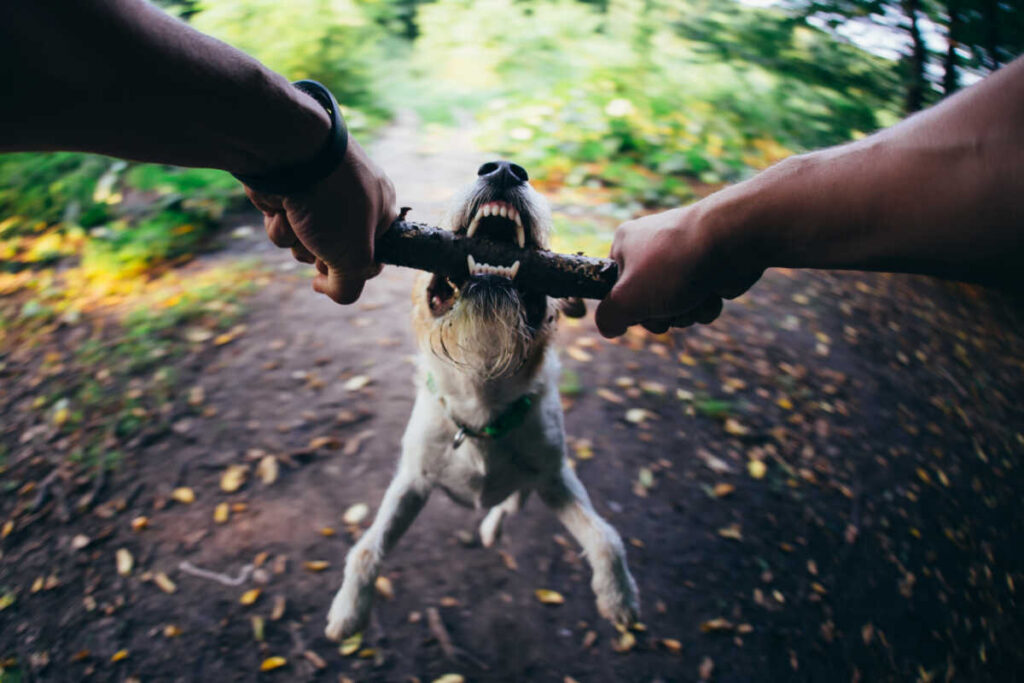
Despite Alaska’s large and intimidating wildlife like grizzly bears and moose, it’s the seemingly harmless dogs that pose the highest risk. Alaska leads in dog attack fatalities, highlighting the unpredictability even in domesticated animals.
Arizona: The Rattlesnake’s Whisper

In Arizona, the Western Diamondback Rattlesnake claims the title. Though venomous, rattlesnake bites are relatively rare, with only a few thousand incidents annually among millions of residents.
Arkansas: The Silent Danger on the Roads
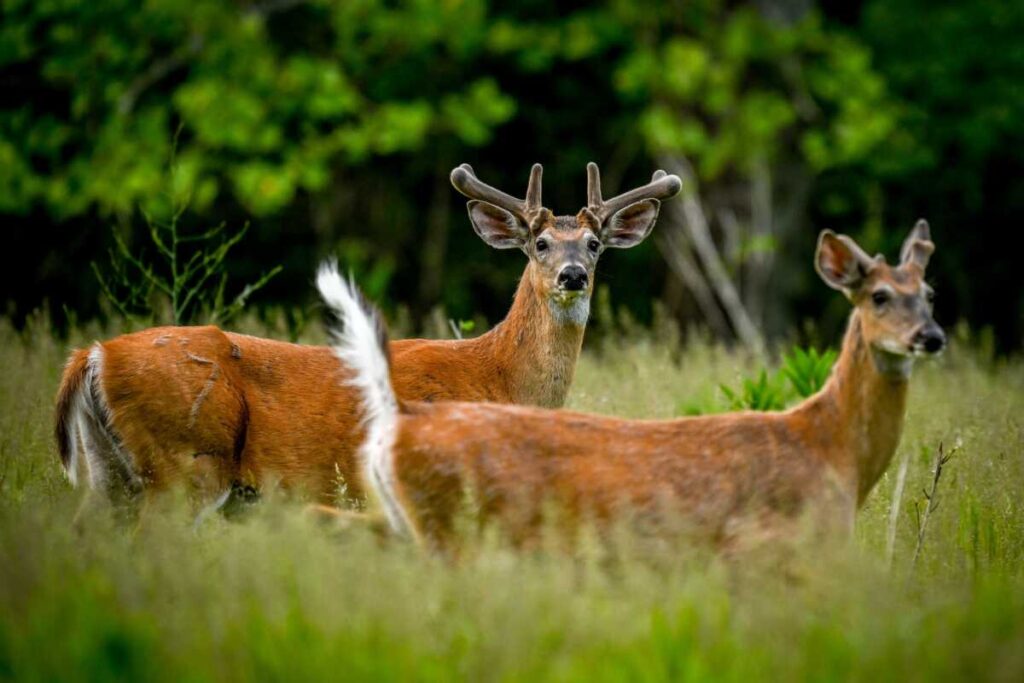
Arkansas’ most dangerous animal isn’t in the wild but on the roads. The whitetail deer, with around 22,000 vehicle collisions annually, poses a significant threat, emphasizing the dangers beyond the wilderness.
California: The Serpent in the Shadows
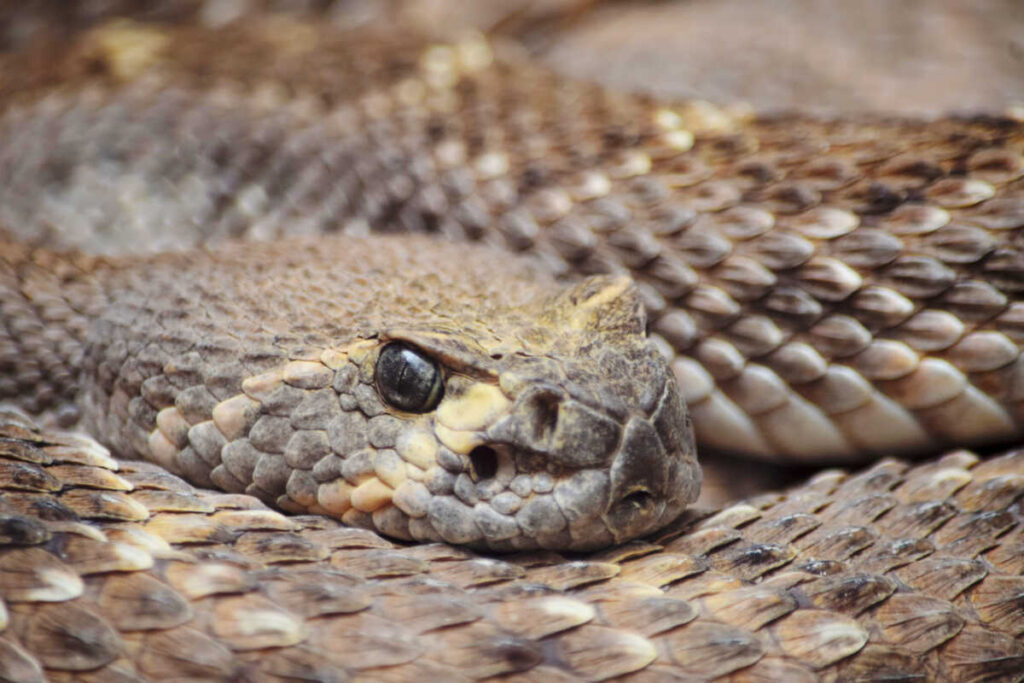
Contrary to expectations, Southern Pacific rattlesnakes, not bears or sharks, are California’s deadliest. While bites are infrequent, their venom can lead to pain, rashes, blisters, nausea, and vomiting.
Colorado: The Unlikely Moose Menace

In Colorado, the moose takes the spotlight as the most dangerous animal. While attacks are rare, these massive creatures, weighing up to 1,600 pounds, remind us of the unpredictability of nature.
Connecticut: The Timber Rattlesnake’s Toxic Secret

Connecticut adds another venomous threat with the timber rattlesnake. Rarely encountered, their toxic bites can be fatal if not promptly treated, emphasizing the importance of caution in the wild.
Delaware: The Uncommon Portuguese Man O’ War

Though uncommon, Delaware’s most dangerous creature is the Portuguese man o’ war. Their potent stings, even after death, serve as a reminder of the ocean’s hidden perils.
Florida: The Stealthy Ambush of the Alligator
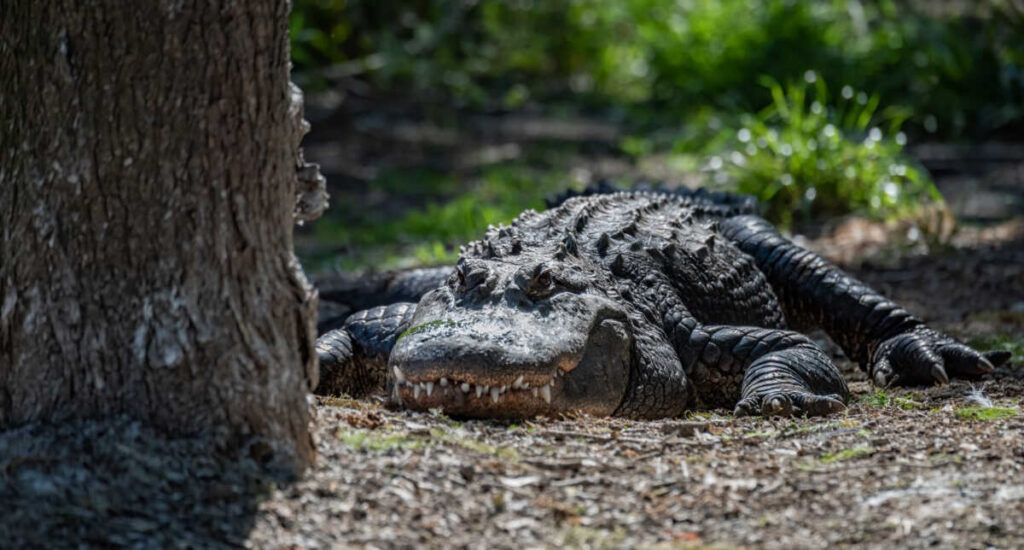
Amidst Florida’s diverse deadly wildlife, the American alligator takes the lead. While fatal attacks are infrequent, an average of eight occur annually, urging residents and visitors to respect their habitats.
Georgia: The Pygmy Rattlesnake’s Hidden Threat

Georgia’s pygmy rattlesnake, while rarely fatal, delivers painful bites with potential consequences like swelling and loss of mobility, a reminder that even smaller creatures can pose risks.
Hawaii: The Shy Killer of the Deep

In the tranquil Hawaii, the yellow-bellied sea snake claims the title. Though considered docile, their highly venomous bites serve as a reminder of the dangers lurking beneath the ocean’s surface.
Idaho Grizzly Bears: Giants of the Wilderness

In Idaho, the grizzly bear reigns supreme as the most dangerous. With a formidable bite force, encounters with these massive creatures can be perilous, highlighting the need for caution in bear country.
Illinois: The Coyote’s Silent Predation
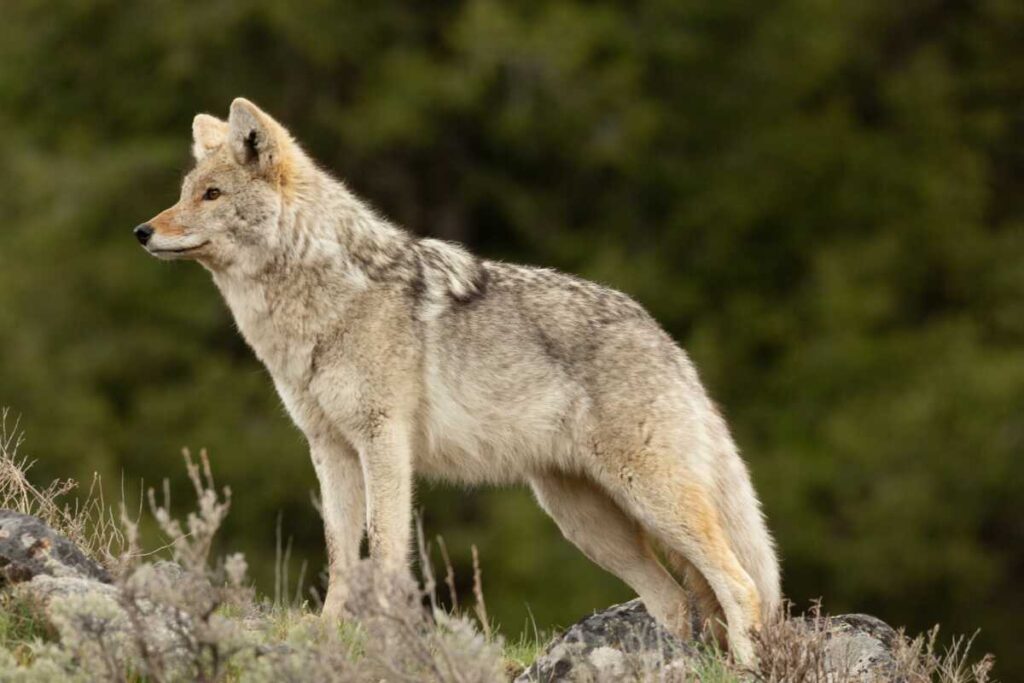
While coyotes pose a threat to livestock and pets in Illinois, they seldom attack humans. Their inclusion highlights the delicate balance between urban expansion and wildlife presence.
Indiana: The Eastern Copperhead’s Venomous Presence

Indiana’s deadly resident is the eastern copperhead, a venomous snake mostly found in the southern part of the state. While rare, their bites can be dangerous, underlining the importance of awareness.
Iowa: The Surprising Sting of Wasps

Unexpectedly, wasps claim the title in Iowa. While their stings rarely cause death, they pose a significant threat to those unaware of allergic reactions, underscoring the importance of caution.
Kansas: The Stealthy Timber Rattlesnake Returns

Kansas hosts the timber rattlesnake once more. Found in the eastern third of the state, their venomous bites, though infrequent, serve as a reminder of the diversity of dangers in the wild.
Kentucky: The Formidable Black Bear

Kentucky’s most dangerous animal is the American black bear. With a powerful bite force and swipe force, encounters with these creatures can be hazardous, emphasizing the need for coexistence awareness.
Louisiana: The Venomous Strike of the Eastern Diamondback Rattlesnake
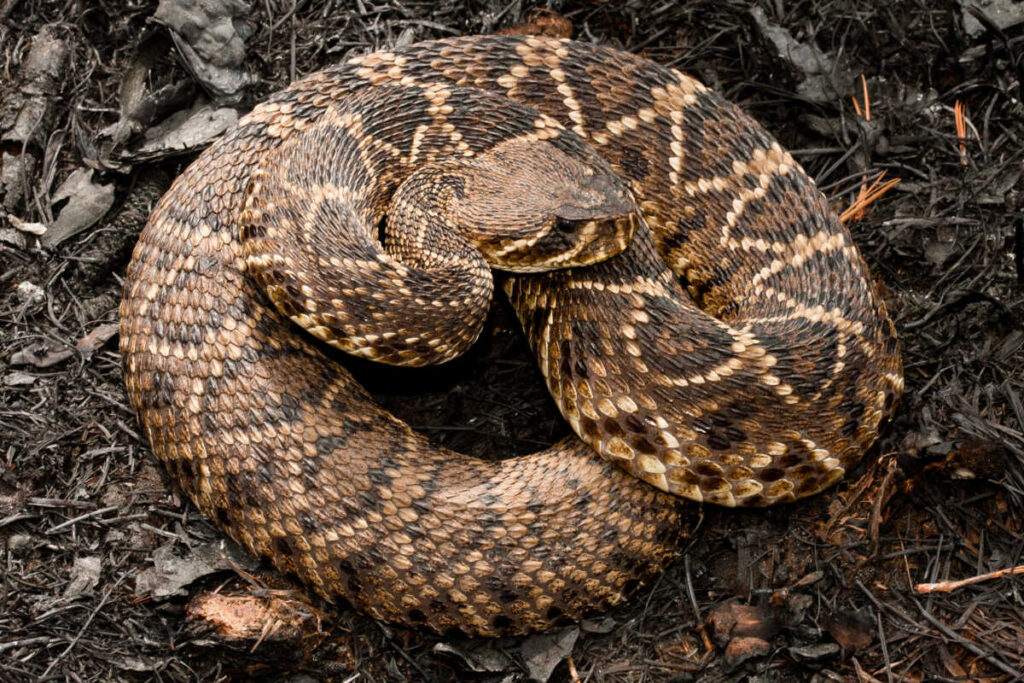
Louisiana’s deadliest is the eastern diamondback rattlesnake. With a venomous bite, encounters with these snakes can be fatal, highlighting the risks present in the state’s diverse wildlife.
Maine: The Enormous Moose on the Roads

Moose make a recurring appearance, this time in Maine. With their massive size, moose contribute to car accidents, emphasizing the need for caution on the roads.
Maryland: The Rare but Aggressive Bull Shark

Maryland hosts bull sharks, known for their aggression. While rare, their potential for attacks, coupled with their ability to thrive in freshwater, underscores the need for awareness along the coast.
Massachusetts: The Rare But Majestic Black Bear

Massachusetts’ most dangerous animal is the American black bear. Though rare, their presence highlights the importance of coexistence strategies, such as bear-proof trash cans.
Michigan: The Elusive Eastern Massasauga Rattlesnake

Michigan’s elusive eastern massasauga rattlesnake claims the title. Despite their shyness, these venomous snakes are considered the state’s most dangerous, emphasizing the importance of caution in their habitat.
Minnesota: The Coyote’s Threat to Pets

Minnesota’s most dangerous animal is the coyote. While rarely attacking humans, they pose a significant threat to pets, especially when left unattended outdoors.
Mississippi: The Aggressive Cottonmouth Snake

Mississippi’s deadliest is the cottonmouth snake, known for its aggressive nature. With venomous bites, encounters with these snakes can be perilous, underscoring the risks in the state’s wilderness.
Missouri: The Tiny Yet Dangerous Tick

Missouri’s most dangerous is surprisingly small—the tick. Known for spreading diseases, they pose a health threat to humans and animals, emphasizing the need for precautions.
Montana: The Mighty Grizzly Bear

Grizzly bears take the lead once again in Montana. With their massive size, encounters with these creatures can be dangerous, highlighting the challenges of coexisting in bear territory.
Nevada: The Rare Yet Venomous Mojave Rattlesnake

Nevada’s most dangerous is the Mojave rattlesnake. Though rarely seen, their venomous bites, while painful, are rarely fatal with prompt medical intervention, showcasing the balance between fear and understanding.
New Hampshire: The Moose’s Hazardous Presence

Moose return as the most dangerous in New Hampshire, contributing to car accidents. Awareness on roads and consideration for these large animals’ habitats become crucial.
New Jersey: The Urbanizing Threat of Coyotes
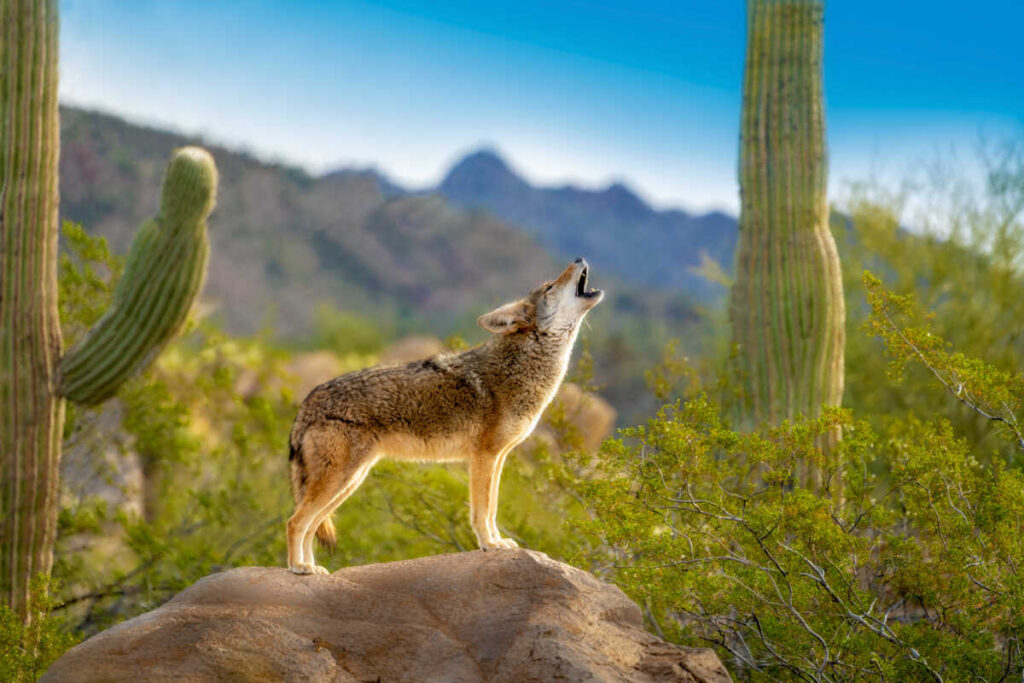
New Jersey’s most dangerous is the coyote. While attacks are uncommon, the increasing coyote population in urban settings raises concerns, highlighting the need for coexistence strategies.
New Mexico: The Powerful Mountain Lion

New Mexico’s most dangerous is the mountain lion. Though attacks are uncommon, their strength poses a threat, emphasizing the importance of caution in regions where these creatures roam.
New York: The Micro Menace of Mosquitoes

In New York, mosquitoes claim the title. With their potential to spread diseases, they underscore the importance of preventive measures, even against the smallest of creatures.
North Carolina: The Mysterious Portuguese Man-of-War

Off North Carolina’s coast, Portuguese man-of-wars pose a threat. Their venomous stings, even after death, emphasize the need for caution along the shores.
North Dakota: The Rattlesnake’s Rare Bite

North Dakota’s most dangerous is the prairie rattlesnake. Though their bites are rarely fatal, encounters with these snakes require caution, highlighting the diverse threats in the state.
Ohio: The Deer’s Deadly Presence on Roads

In Ohio, whitetail deer contribute to thousands of collisions annually. While not inherently dangerous, their impact on roads emphasizes the need for awareness and preventive measures.
Oklahoma: The Western Pygmy Rattlesnake’s Unseen Strike

Oklahoma’s most dangerous is the western pygmy rattlesnake. Though bites are uncommon, their painful consequences underscore the importance of caution in their habitat.
Oregon: The Black Bear’s Unsettling Encounters

Oregon’s most dangerous is the black bear. While fatal encounters are rare, recent incidents highlight the unpredictability of these creatures, emphasizing the need for coexistence.
Pennsylvania: The Gentle Deer’s Road Hazard

Pennsylvania sees whitetail deer as its most dangerous. Despite their gentle nature, deer-related accidents underscore the risks on the roads and the need for caution.
Rhode Island: The Rare Yet Aggressive Tiger Shark

Rhode Island’s most dangerous is the tiger shark. While shark attacks are rare, the aggression of these creatures underscores the potential dangers in coastal waters.
South Carolina: The Stealthy Copperhead Snake

South Carolina’s most dangerous is the southern copperhead. With venomous bites, encounters with these snakes require caution, highlighting the diversity of threats in the state’s wilderness.
South Dakota: The Unpredictable Bison

In South Dakota, the bison takes the lead. Though not known for attacking humans, recent incidents highlight their unpredictability and the importance of safe interactions in parks.
Tennessee: The Shy Yet Potentially Dangerous Black Bear

Tennessee’s most dangerous is the black bear. While mostly shy, recent incidents serve as a reminder of the need for caution in bear habitats and coexistence strategies.
Texas: The Formidable American Alligator

In the vast expanse of Texas, the American alligator reigns as the most dangerous. While attacks are rare, their presence underscores the need for vigilance and respect for wildlife.
Utah: The Wily Coyote’s Impact on Pets

Utah’s most dangerous is the coyote. While rarely approaching humans, their threat to domestic pets emphasizes the importance of supervision in areas where these creatures roam.
Vermont: The Charging Moose’s Road Hazard

Vermont’s most dangerous is the moose. With their tendency to charge and cause car accidents, awareness on roads becomes crucial for both human and moose safety.
Virginia: The Rare Yet Potentially Aggressive Bull Shark
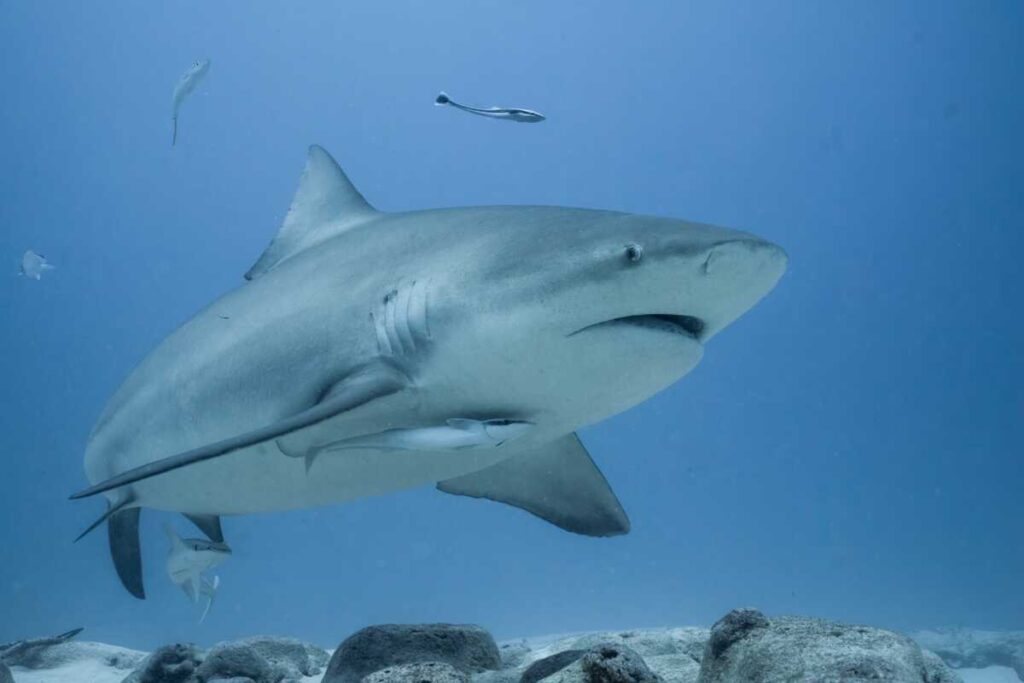
Virginia’s most dangerous is the bull shark. While rare, their aggressive nature highlights the need for caution along the coast and awareness of potential shark encounters.
Washington: The Uncommon Grizzly Bear Encounter
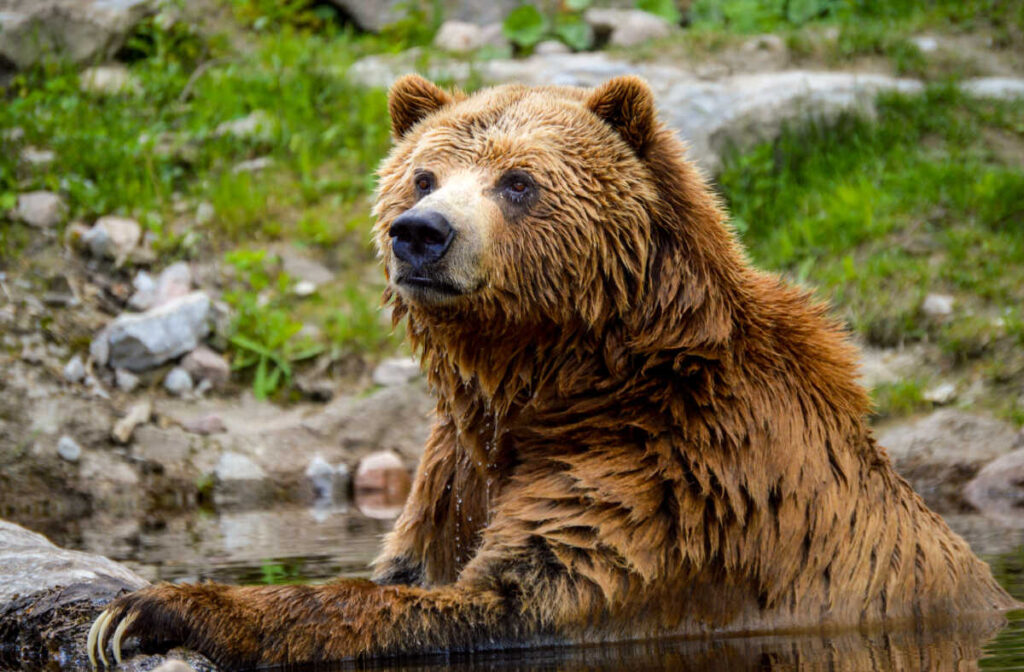
In Washington State, grizzly bears take the lead. While encounters are rare, their potential danger emphasizes the importance of precautions, including carrying bear spray in bear-populated areas.
West Virginia: The Road Hazard Posed by Deer

Whitetail deer make a return as the most dangerous in West Virginia, posing risks on the roads. Despite their docile nature, their impact on highways underscores the need for road safety measures.
Wisconsin: The Rare Yet Potentially Dangerous Black Bear

Wisconsin’s most dangerous is the black bear. While attacks are rare, recent incidents highlight the need for caution in bear country and coexistence strategies.
Wyoming: The Formidable Bison’s Defensive Strike
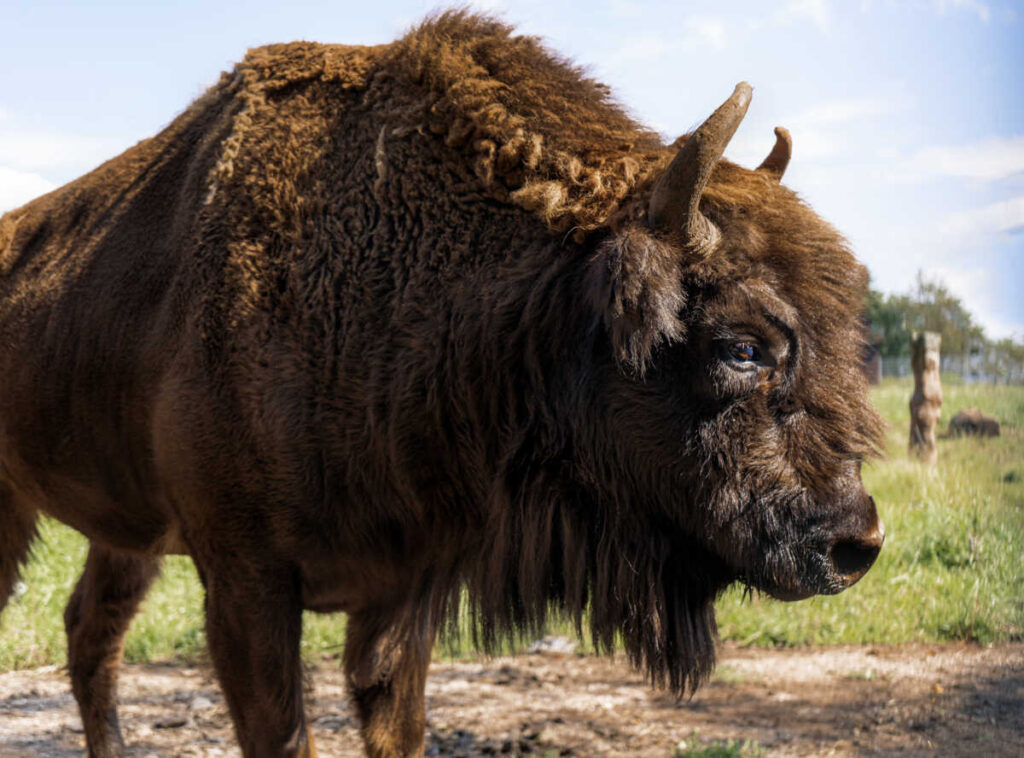
Wyoming’s most dangerous species is the bison. With their potential for aggression when threatened, recent incidents serve as a reminder of the importance of safe interactions in areas with these massive creatures.
